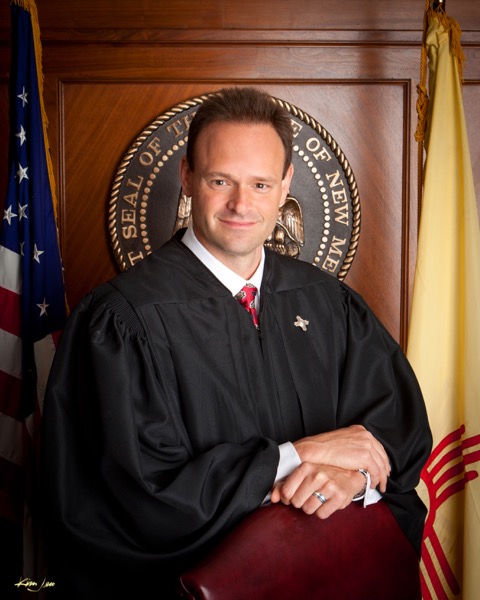It’s oral argument week at the New Mexico Supreme Court, and here’s the lineup:
Monday, November 4, 2019
State v. Yepez.
Should a criminal defendant be able to introduce evidence that he has a “warrior gene” which predisposes him to violent acts, and diminishes his culpability for those acts? Disclosure: I wrote a concurring opinion at the Court of Appeals in this case, expressing my view that it was unnecessary to rule on this question.
State v. Price.
Did a search warrant contain sufficient information to justify the search of the defendant’s cell phone?
State v. Groves and State v. Barber.
Is aggravated fleeing from a law enforcement officer a predicate for application of the felony murder rule?
Wednesday, November 6, 2019
Siebert v. Okun.
Does the Medical Malpractice Act’s partial cap on damages violate the New Mexico Constitutions’ guarantee of a right to a jury trial?
Friday, November 8, 2019
Peavy v. Skilled Healthcare Group, Inc.
When a nursing home arbitration agreement allows the nursing home, but not its residents, to bring certain claims in court, what sort of evidentiary showing does a nursing home need to make to prove that the agreement is not unfairly unbalanced? Disclosure: I wrote a dissenting opinion in this case while on the Court of Appeals.

